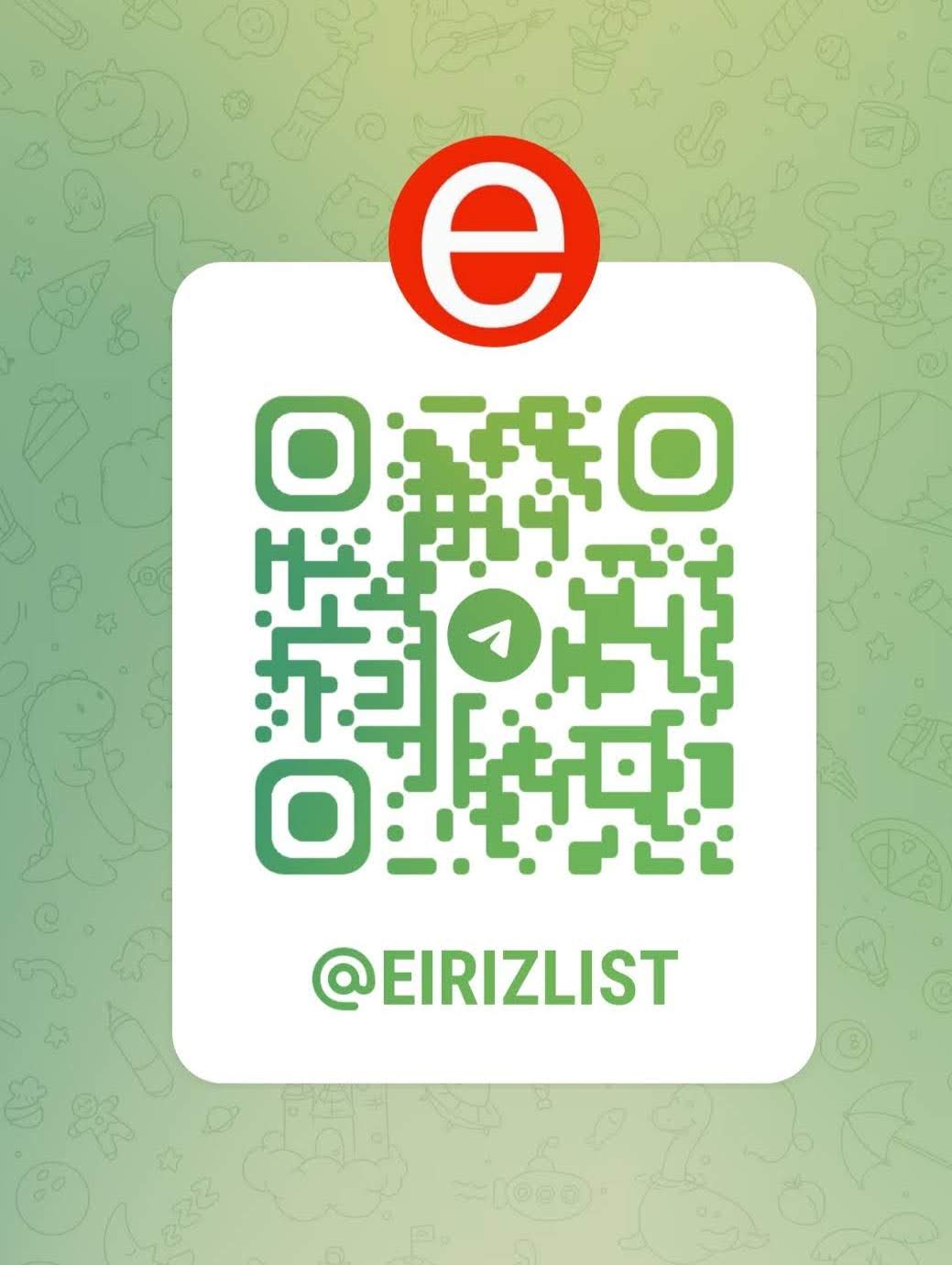1. Speak more than your potential client. If you do all the talking, you won't be able to ascertain the needs of the buyer. The most successful sales reps spend 70 to 80 percent of the time listening. 2. Wing it. Don't call without first finding out as much as you can about your potential customer. Research the company's size, history, products, and challenges using Hoover's Handbook, Dun & Bradstreet, Value Line, and other such resources, which can be found at the library. 3. Forget to ask questions. Most people drift off after five or six minutes of a presentation, so be sure to interject questions to keep clients alert and involved. Focus on your buyer's criteria by asking, "What does the next vendor need to do to earn your business?" "What is your business's biggest challenge?" "What differentiates your company from your competition?" 4. Rely on your memory. You can't afford to miss important points, and nobody's memory is perfect. Ask the customer if it's okay to take notes, and use key points the customer made in a follow-up letter after the sales call. Start it with, "Just to make sure we're on the right track, the following is a list of your key needs..." 5. Go off on tangents. Instead of expounding on every passing thought, stay focused to make a strong case. Before you start your presentation, give your customers an overview of what you'll be telling them, and highlight key points at the end. Don't forget to follow up. (Fonte: Megginson Emeritus, Leon C., Mary Jane Byrd, and William L. Megginson. Small Business Management: An Entrepreneur's Guidebook. 5th ed. New York: McGraw-Hill/Irwin, 2006. 227.)
Menu
Autor I Author
Vasco Eiriz é professor de gestão, interessado em organizações, políticas, mercados, política e arte.
Vasco Eiriz is professor of management, interested in organizations, policy, markets, politics and art.
https://linktr.ee/VascoEiriz
Vasco Eiriz is professor of management, interested in organizations, policy, markets, politics and art.
https://linktr.ee/VascoEiriz


